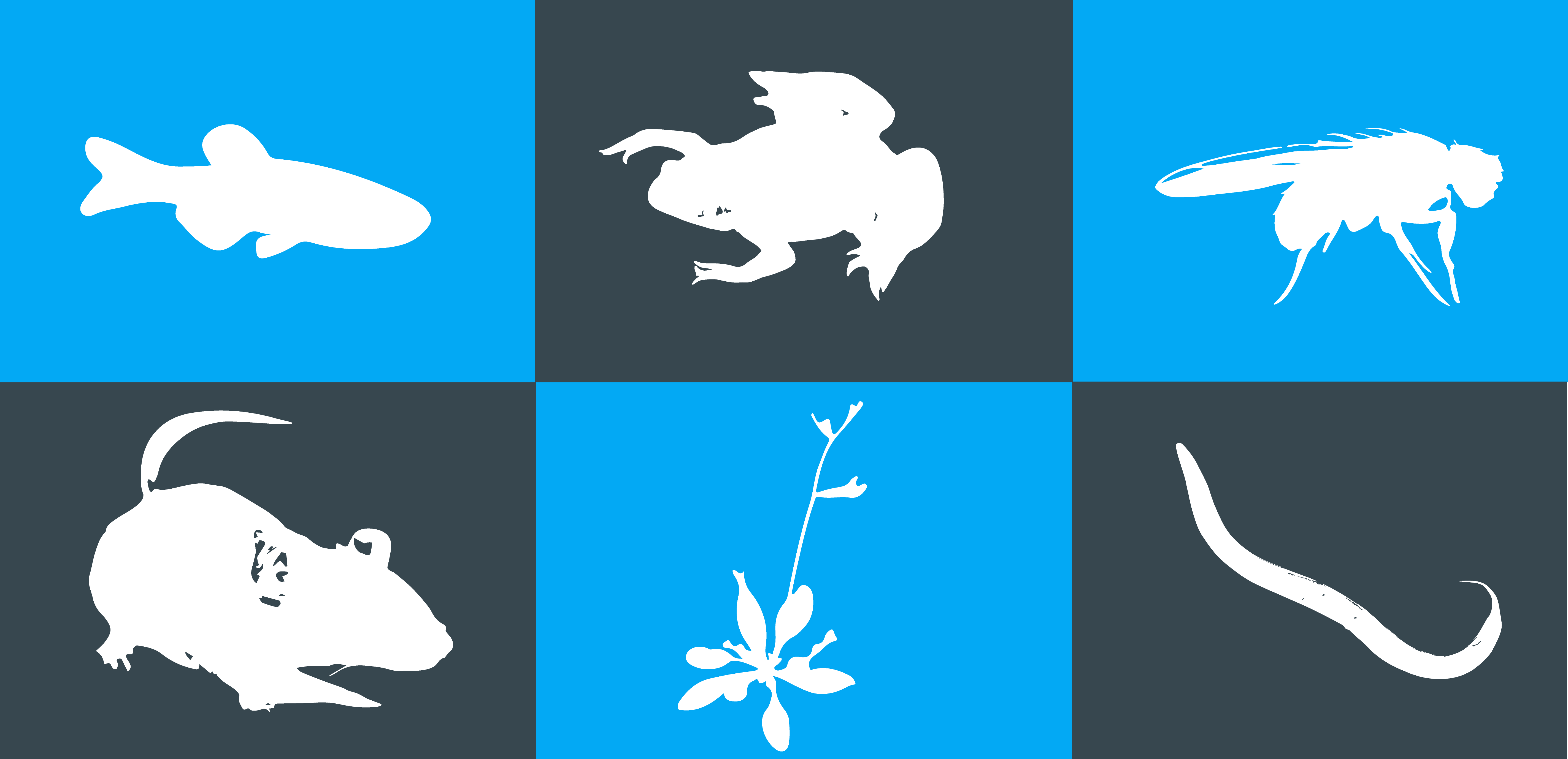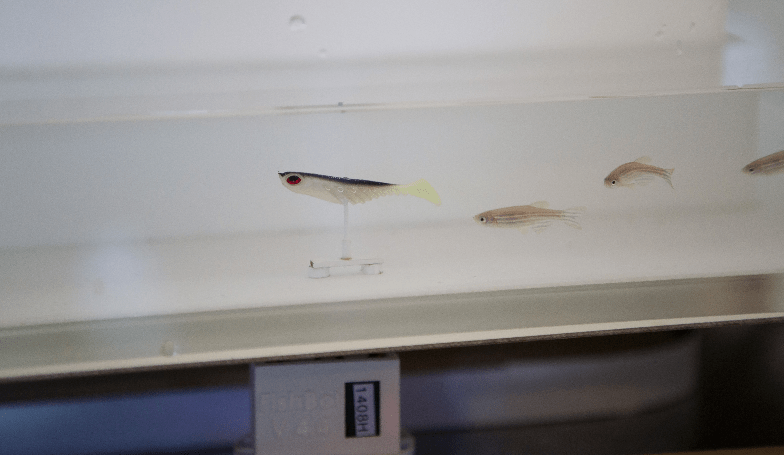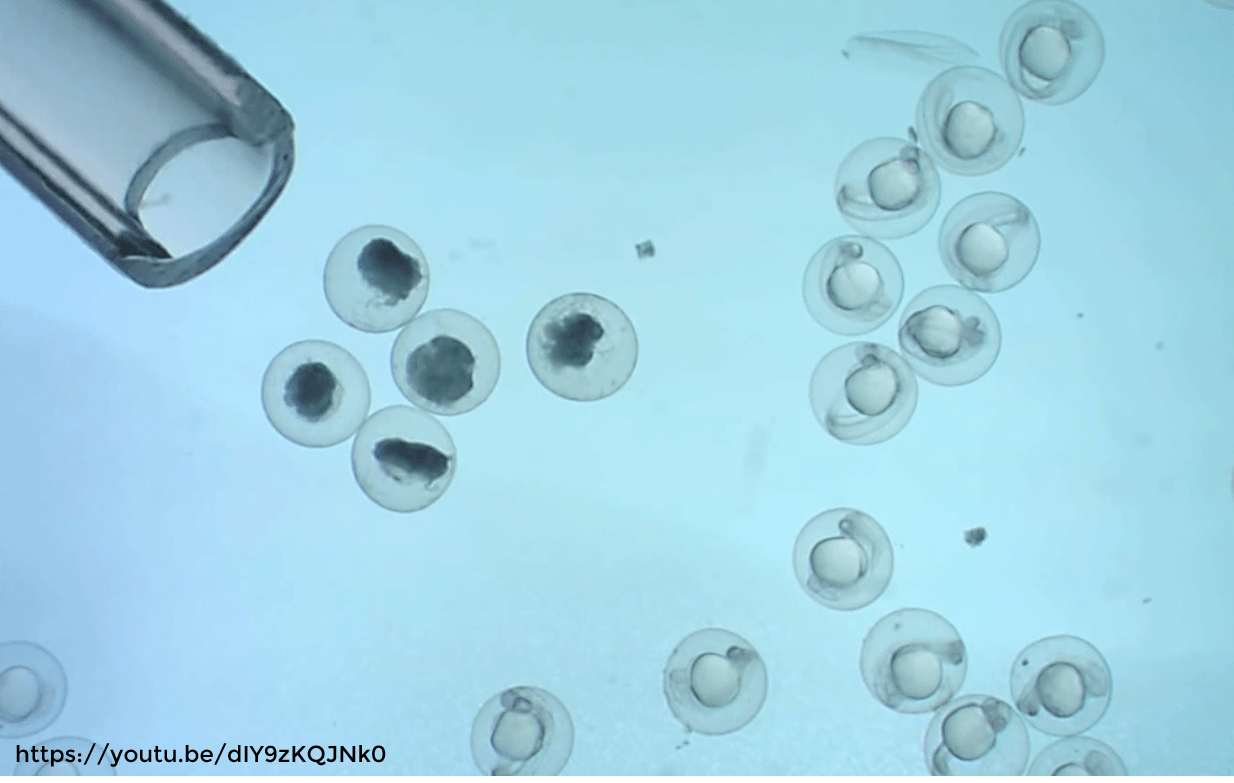Zebrafish as a model to study the toxicity of different pesticides – a case study
Since 1974, World Environment Day has been celebrated every year on 5 June, so this month we want to acknowledge this event by reviewing a scientific article where zebrafish are used to test the toxicity of certain pesticides: Toxicity of Deltamethrin to Zebrafish Gonads Revealed by Cellular Biomarkers 1, published in Journal of Marine Science and Engineering on January 23th, 2020.This article investigates the chronic effects of deltamethrin, a synthetic insecticide extensively used in pest control, on gonads. For doing so, the authors of the mentioned article exposed zebrafish adults…













